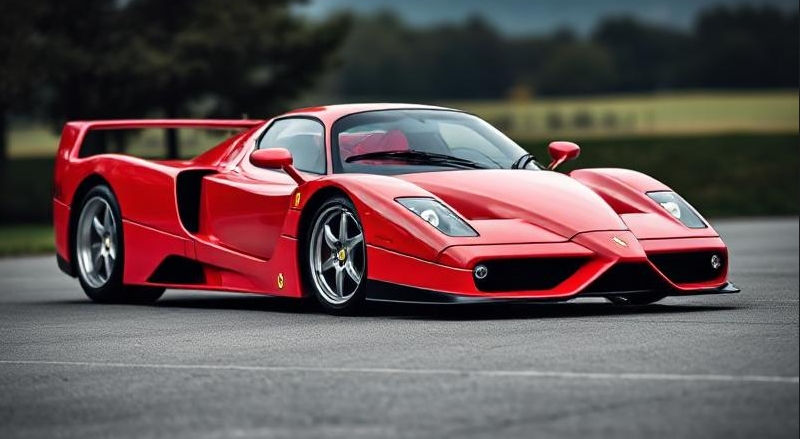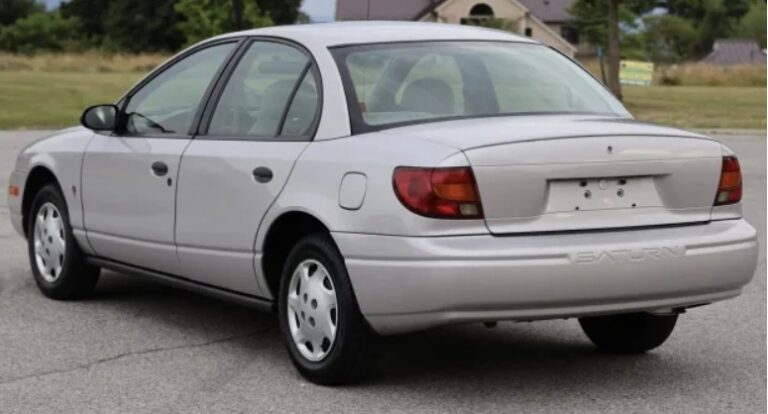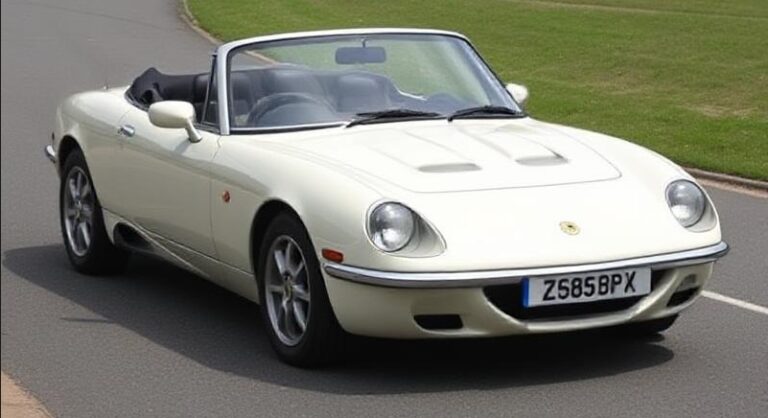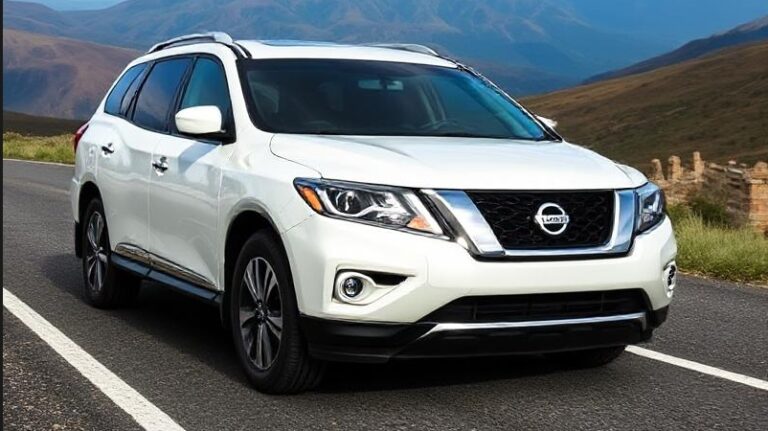The Evolution of the Ferrari Enzo: A Legacy of Pinnacle Engineering and Design
The Ferrari Enzo is not merely a car; it’s a marvel of automotive engineering and a testament to Ferrari’s racing heritage. Introduced in 2002, the Enzo represents a confluence of advanced technology, performance, and design, with a lineage that pays homage to some of the most iconic Ferrari models of the past. This article delves into the history and evolution of the Ferrari Enzo, tracing its production years, various models, and trim levels, and exploring how it has cemented its place in automotive lore.
Origins and Development
Ferrari began developing the Enzo in the late 1990s, spurred by the success of its racing program and the desire to create a road car that epitomized performance and cutting-edge technology. Named after the company’s founder, Enzo Ferrari, this supercar was designed to push the boundaries of speed, handling, and driver engagement.
Ferrari established the Enzo as the flagship model of its line-up, positioning it as a direct competitor to the likes of the McLaren F1 and the Porsche Carrera GT. The car was unveiled in 2002, showcasing advancements gleaned from Ferrari’s experience in Formula 1 and its focus on aerodynamics, materials, and engineering.
Production Years
The Ferrari Enzo was produced between 2002 and 2004, with a total of 400 units manufactured. Each vehicle was meticulously crafted in Maranello, Italy. Unlike mass-produced cars, the Enzo was more of a limited-edition supercar that quickly developed a cult following.
Design and Specifications
The design of the Enzo was a collaboration between Pininfarina and Ferrari’s engineering team. Its bold, aggressive lines suggest speed, while its aerodynamic shape reduces drag. The car is built on a lightweight carbon fiber chassis, which contributes significantly to its performance.
Under the hood lies a powerful 6.0-liter V12 engine, capable of producing around 660 horsepower at 8,000 RPM, delivering a 0-60 mph time of just around 3.14 seconds and a top speed exceeding 217 mph. The engine is paired with a F1-style automated manual transmission, known for its rapid gear changes, facilitating a thrilling driving experience.
Models and Trim Levels
Throughout its production years, the Ferrari Enzo did not have multiple traditional trim levels like many other vehicles. However, there were special variants and one-off models created, expanding the appeal and uniqueness of this exceptional supercar.
- Standard Ferrari Enzo (2002-2004): The base model, featuring the specifications delineated above. Each unit is equipped with groundbreaking technologies, such as carbon-ceramic brakes, an advanced traction control system, and electronic differential. The interior is focused on the driver, featuring minimalist design and lightweight materials—carbon fiber and leather upholstery predominate.
- Ferrari Enzo FXX (2005): In 2005, Ferrari launched the FXX as an extremely limited track-only version of the Enzo. Only 30 units were produced, offered to select customers at a substantial price. The FXX featured an enhanced engine output of about 800 horsepower and substantial aerodynamic upgrades. Instead of a conventional chassis, it was designed for track performance, with improvements such as a larger rear wing, a more aggressive front splitter, and a racing-focused interior devoid of amenities normally expected in a road car. Buyers were also granted exclusive access to Ferrari racing events where they could test their FXX cars.
- Ferrari Enzo 1:1 (2008): Specialized variants of the Enzo appeared at unique auctions or events. One notable model was the 1:1, created for a private collector who desired a custom build, maintaining the same mechanical specifications as the standard model but offering unique aesthetic modifications, such as bespoke paint and interior detailing.
- Ferrari Enzo XX (2021): Rumors circulated regarding a potential successor or enhanced version of the Enzo concept, known informally as the Enzo XX. Though this version never materialized into mass production, it reflects Ferrari’s ongoing commitment to expanding the Enzo legacy through technologically advanced iterations that continue the ethos of the original model.
While other automobile manufacturers may offer multiple variations on a theme, the Enzo’s ethos was one of exclusivity. Each of these variations has played a significant role in maintaining the allure and legacy of the Enzo marque.
.
THIS could come in handy for your auto garage (and everywhere else!).

.
Technological Innovations
The Enzo was celebrated not just for its speed and design but also for its technological advancements. It was equipped with features that were revolutionary for its time, many of which stemmed from Ferrari’s involvement in Formula 1. These include:
- Carbon-ceramic brakes: Lighter and more effective than traditional metal brakes, these allowed for shorter stopping distances and reduced brake fade.
- Active aerodynamics: Components such as active front wing flaps would adjust based on speed, enhancing downforce and stability during high-speed driving.
- Telemetry systems: Equipped with advanced diagnostics that monitored performance in real-time, allowing for data analytics post-race or track day.
Legacy and Impact
The Enzo’s production ended in 2004, but its legacy has endured. The combination of limited production, exclusive ownership, and unparalleled performance factors have made the Enzo one of the most sought-after modern Ferraris. In the collector market, these vehicles have experienced significant appreciation in value.
Moreover, its influence can be seen in subsequent Ferrari models. Technologies and design philosophies introduced in the Enzo have trickled down to the Ferrari 458, LaFerrari, and beyond, embodying Ferrari’s dedication to pioneering automotive excellence.
Conclusion
The evolution of the Ferrari Enzo encapsulates more than just the development of a supercar; it reflects the spirit of innovation and racing prowess that Ferrari is known for. While the exact models may have been few, their impact was immense. The Enzo exemplifies what it means to be a Ferrari—combining speed, technological advancement, and an aura of racing heritage. As the automotive world continues to evolve, the Enzo’s legacy remains a benchmark of performance and ambition, enticing enthusiasts and collectors alike, ensuring its place in the pantheon of automotive legends.







